As we covered in Part 1 (Are Gravel Bikes Just 80’s Mountain Bikes?), although vintage mountain bikes are not the same as modern gravel bikes, I think that with a few tweaks they can be turned into incredibly capable alternatives to a new bike. What’s more, it’ll be cheaper and more sustainable.
If you’re gravel curious and want to dip your toe in, have an old MTB in the garage, or just like the aesthetic of vintage mountain bikes then read on and I’ll give you some tips and tricks to get the best out of these older machines.
Deep clean
I’m not talking about just spraying it lazily with a hose here. Get it sparkling. Clean the chain, spray degreaser everywhere and get everything as shiny as possible. In my experience, when a bike has decades of grime it’s usually easiest to take the whole thing apart, down to the frame, and wash the components individually (hot soapy water and a stiff brush is your friend here). Older bikes have very little in the way of proprietary parts, and so are great places to learn new mechanical skills with a very low consequence ceiling. Go on, I believe in you.
A secondary advantage of taking everything apart is you can inspect the frame thoroughly for any damage, or dangerous rust spots, and also inspect the parts for any signs of dangerous wear and tear. You’d be surprised what can sometimes lurk behind years of grease, but on the whole things will be very solidly built and should have stood up well to the abuse.
Sort the bearings
Nothing ruins the feel of a ride like crunchy bearings, so do yourself a favour and get them running smoothly again.
Things have moved on a lot from the days when square taper bottom brackets were the gold standard, but they have a lot to offer still in my eyes. They’re sturdy, simple, and the cranksets can be reinstalled countless times. However, loose bearings packed with grease are never going to beat a sealed cartridge unit (unless you’re on the track, free from the worries of grit ingress).
Likewise, replacing the headset with a sealed cartridge unit (the Tange Falcon is my go-to) will smooth out the steering action, and drastically reduce the risk of pitting the headset cups over rough ground, resulting in that awful notched headset feeling.
Unless you replace the hubs you will be stuck with either loose or caged ball bearings, but all is not lost. A deep clean and regrease will usually have them running smoothly once more (this job can be relatively fiddly, so don’t get disheartened if you give up and take it to a friendly local bike shop).
New cables and housing
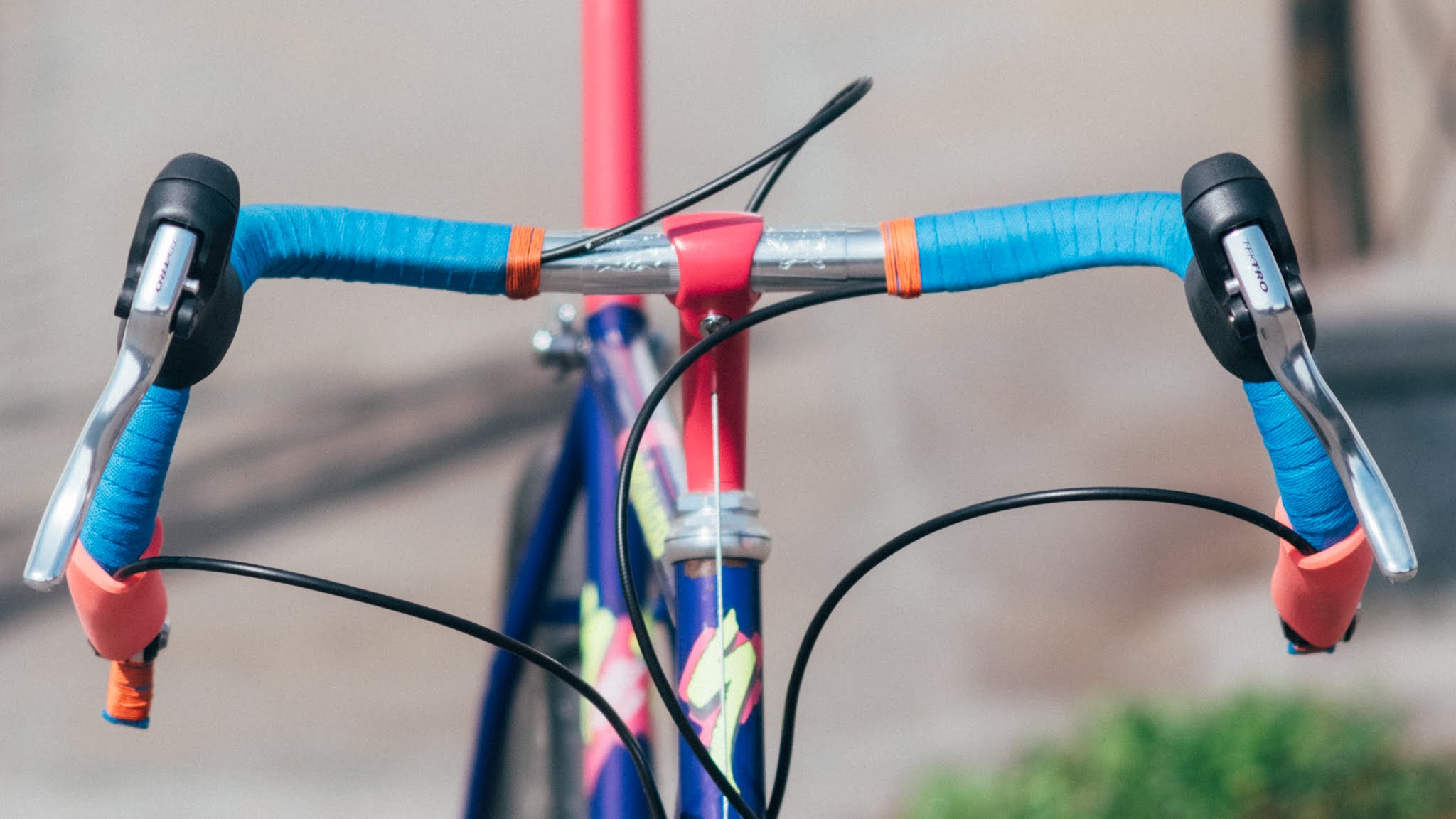
It’s well worth switching out your outers as well as inners when it comes to replacing cables throughout
Old thumb shifters and brake levers are about as indestructible as bike parts come, but they’re useless if the cables and housing protruding from them are corroded and sticky. Best bet is to replace them unless they’re clearly in good condition. It’s cheap, it’s unglamorous, nobody else will notice, but it can make a huge difference.
Improve the braking
Odds are the bike you’re working on will have cantilever brakes, or V-Brakes if it’s more modern. While discs have clear advantages over rim brakes, with a bit of effort you can improve the performance of the system you already have with a few little tweaks.
Firstly, clean the brake track. Big scrubby wipes are a good start, but the best thing is some paper towel and surgical spirit or bioethanol. Brake pads work best on bare metal, not on years of accumulated brake dust.
Secondly, swap the pads for something decent. Basic brake pads are always tempting as they’re cheap, but they’ll wear out faster and you simply won’t stop you as quickly. A premium set of pads (my choice is always Kool-Stop Salmon), properly adjusted with some toe-in, will have you re-thinking whether cantis are so bad after all.
Swap the tyres
Now for the fun bits…
A lot of vintage tyres will be under 2” in width, but in my experience you can often fit up to 2.25” rubber on these older bikes. While it may not always be the best option to go as wide as possible, it’ll certainly improve the comfort.
Very few companies are making new 26” bikes, and so tyre choice is a little limited, but that’s not to say you can’t get some very good tyres. WTB Nanos for example are an excellent do-it-all choice available in 26”, as well as options from the world of dirt jumping such as Schwalbe’s Billy Bonkers or Table Top.
There are even a handful of companies making new 26” rubber precisely because of the number of people repurposing old bikes; Ultradynamico are set to release a new set for smaller wheels this year, while Rene Herse have four of their most popular treads also available in 26” for ultimate supple points.
Change the bars
Vintage MTB bars are narrow, twitchy, and primarily flat. Do yourself a favour and pop something wider and more ergonomic on, and enjoy the additional comfort and control.
The world really is your oyster here, with a plethora of options to choose from. Brands like Nitto offer a fantastic range with the smaller clamp diameter that vintage quill stems require, or with a quill stem adapter you can pop any modern stem on and open up the world of 31.8mm bars too.
Personally speaking I like to have a lot of sweep. As these bikes are unlikely to be competitive race machines, why not just embrace the comfort?
If you really want to change the feel of the bike you can fit drop bars with relative ease. Some simple brake levers (make sure they’re the right lever pull for your brake system) coupled with bar end shifters can transform the bike completely. Just be aware this will extend the reach, so you may need to fit a shorter stem to compensate.
Add some accessories
Pop a rack on. Add a saddlebag. Add a basket. Order a full set of custom bikepacking luggage. The bike is already heavy, but it’ll have the gearing to accommodate, so go wild and give yourself the ability to pack the kitchen sink. Ultralight is dead, long live waxed canvas.
Swap the gearing
With a bit of mechanical know-how it is possible to completely update the drivetrain to a 1x setup, complete with a wide range cassette at the rear, if that’s your cup of tea. Even if it isn’t, the simplicity of a 1x system can be achieved by simply replacing the triple chainrings with a single narrow-wide chainring, though you will be marginally more likely to drop your chain as old derailleurs are clutchless, and you will have a vastly reduced gear range. On the flip side it looks cool as hell and you’ve only got one shifter to think about.
Mod the frame
The final, and most drastic alterations to make will be easiest if your bike of choice is made of steel. Fortunately most of them will be, which makes life easy.
Not happy with rim brakes? Get a local framebuilder to braze you on some disc tabs.
Want more mounts for more bottle cages, or larger anything cages? Get a local framebuilder to braze you in some new mounts (I added two bosses to each of my fork legs for extra water storage).
Bored with the trappings of gearing and want to go fixed? Swap the dropouts for something more horizontal. You will sacrifice some of the paintwork, but channel your inner Mad Max and roll with it.
Fresh coat of paint
Money to burn? Why not go all out and get a custom repaint? You could restore it back to its original glory, or go for something completely different. Or, if you’re feeling handy, you could give it a rattlecan job using Spray.Bike spray paint (my preferred option). Sometimes however it’s good to admire all the little dings and scrapes and embrace the #beausage life.
Over to you
If you’re after a vintage MTB of your own then I prefer to use Facebook Marketplace, as you can see the bike in the flesh before buying it. A few pre-flight checks before handing over the cash:
- Check the seatpost moves. Nothing kills a frame like a stuck seatpost
- Look for any signs of rust. ‘Patina’ is fine, and I quite like it, but if it looks structural then steer clear
- If the frame has internal cable routing then unless you trust the owner has meticulously used frame saver then best avoided, as water can get in and rot the tubes from the inside out
- Check the wheels aren’t tacos
Obviously the better condition it is in the less work you’ll have to put in to make it rideable, but if you’re planning to swap the majority of the parts anyway then you can find some absolute bargains.
If you’re just buying a frameset, then give the bottom bracket threads a good eye over too.
eBay is always a good option if you’re buying remotely, as there is more buyer protection, but make sure it’s got a full set of pictures and a decent description.
Finally, it’s nearly impossible to guarantee you aren’t buying a stolen bike when buying second hand, but you can get a feel from the seller just by asking lots of questions. How long have they had it? How does it ride? What components are on it, etc?
Steel frames really are a blank canvas for your ideas, however bananas they may be. Whether you keep things as standard or make some outlandish changes, the overall cost to both your wallet and the environment will likely be far less than that of buying a new gravel bike, and you’ll still have a bike that, while not designed specifically for gravel riding, is still totally capable of carrying you in speed and comfort over a wide array of surfaces.
Check out Will’s many gorgeous conversions at Zetland Cycles and let us know how you get on with your projects!
Last modified: 15th April 2021
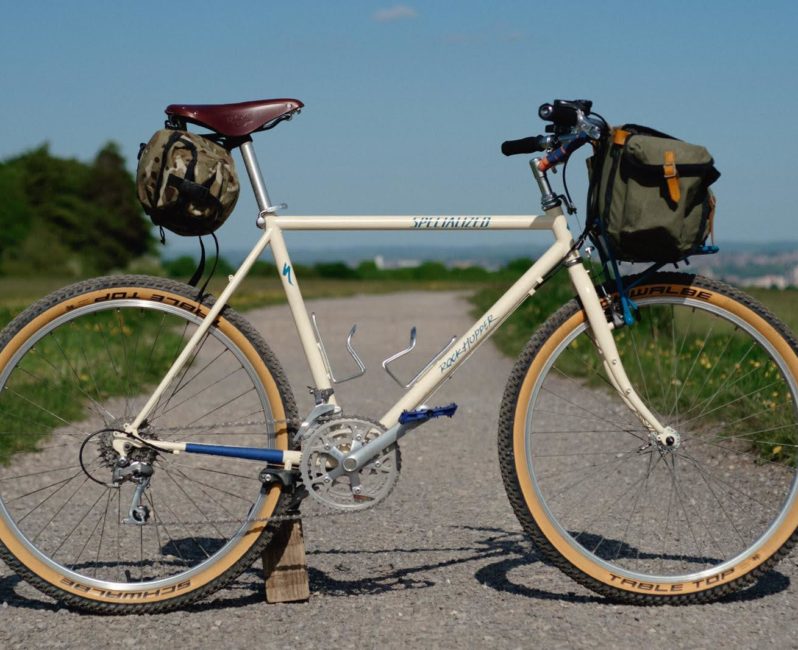
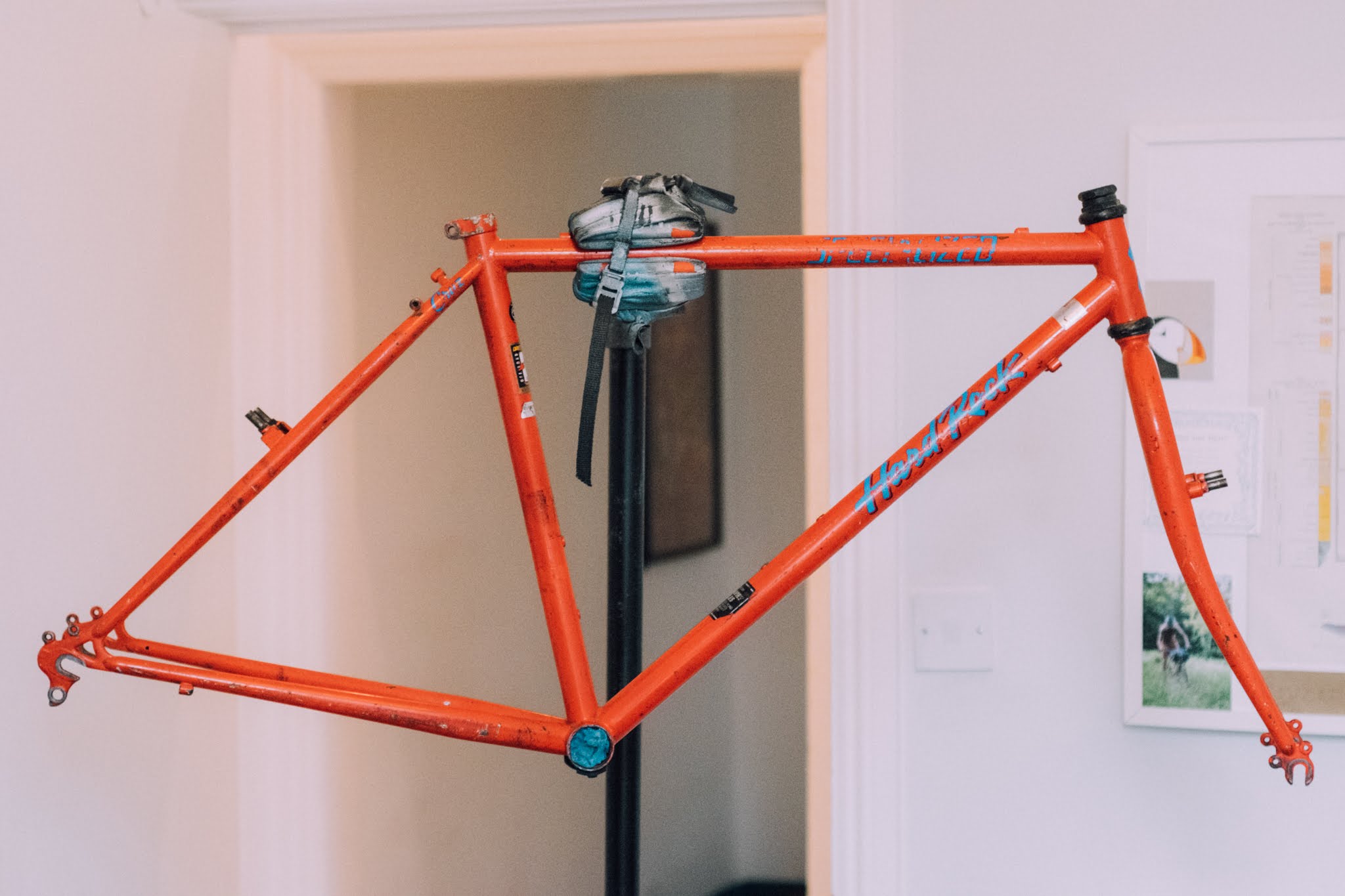



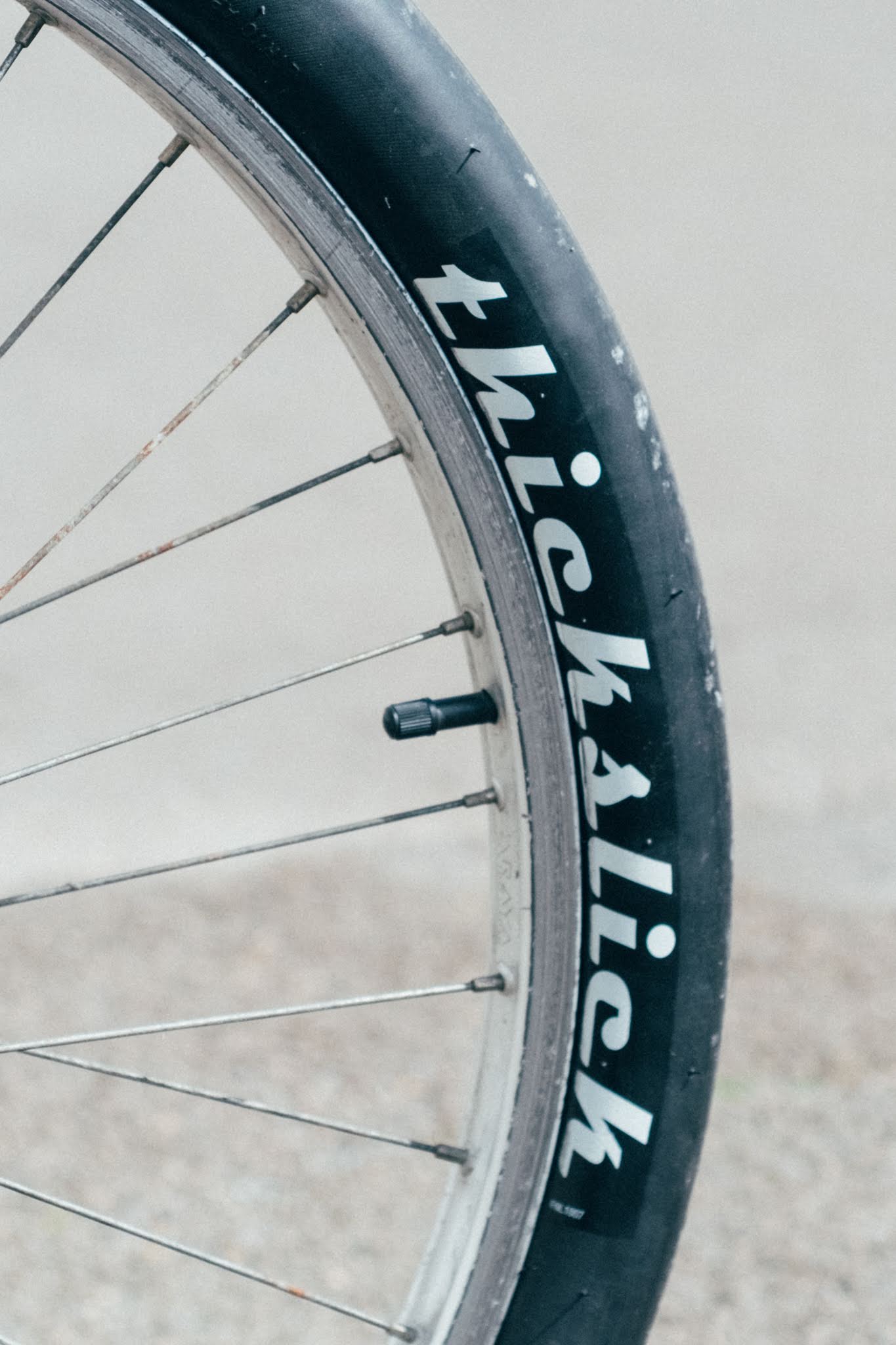


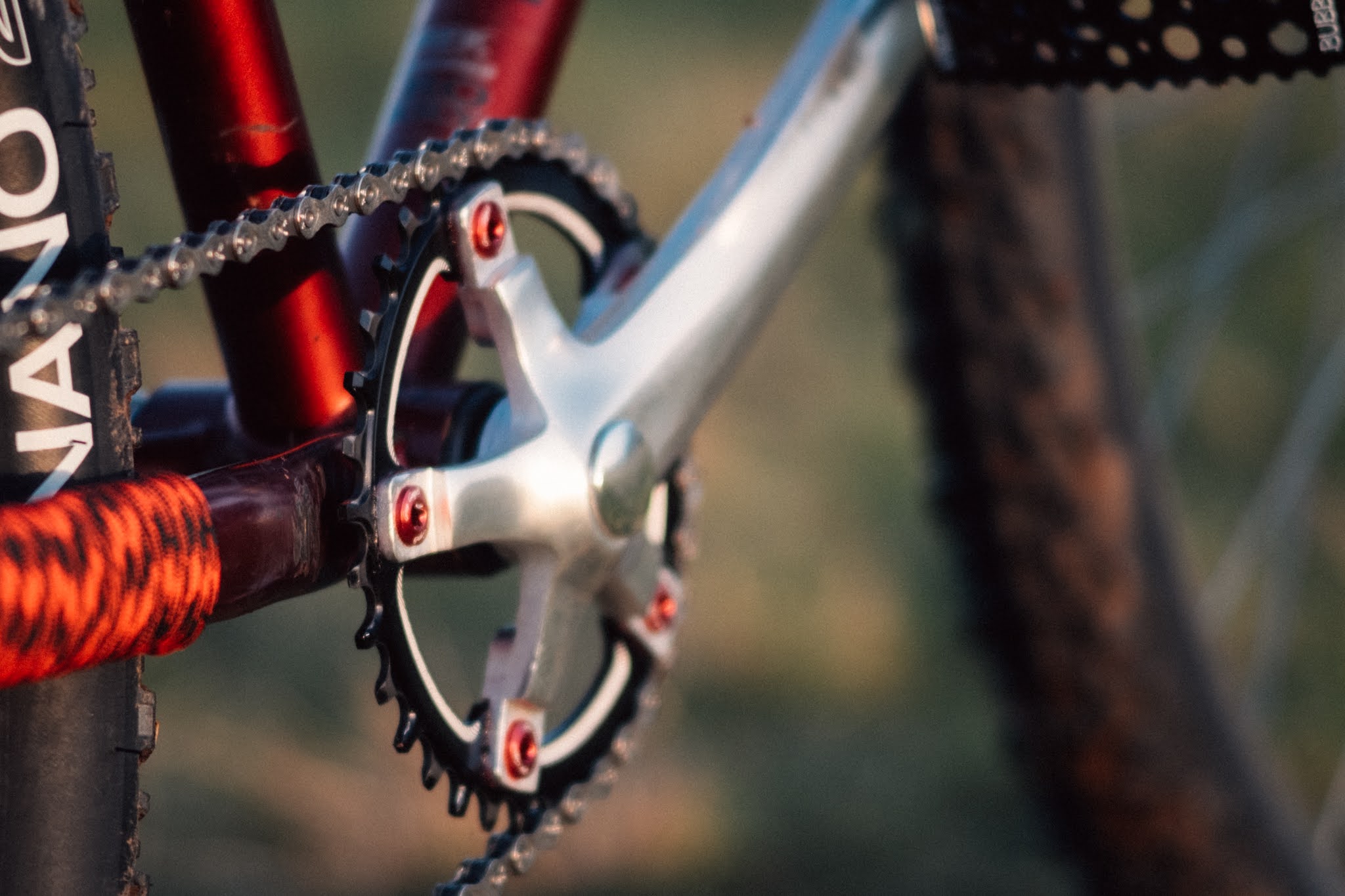

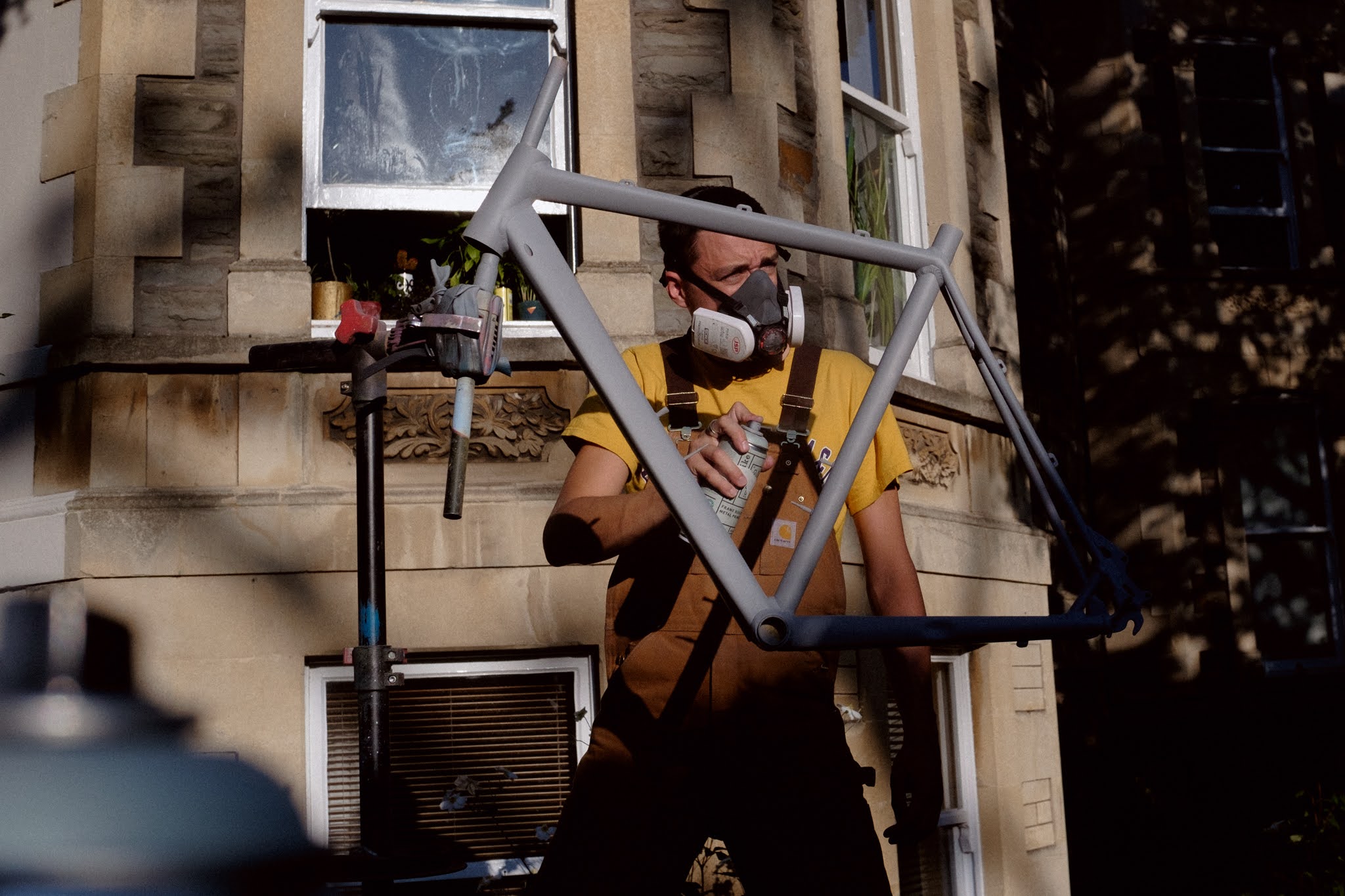














With the greatest respect, this article isn’t really about turning one bike into another type of bike, it’s about refreshing and upgrading an old mountain bike into another mountain bike.
As an “old-school mountain biker” I was racing from the start of the mountain bike scene and gradually dropped out as the cost of race entries climbed, the races got more generic and more serious and above all less fun, and then the equipment costs climbed to the point where a set of suspension forks cost as much as my first bike. The appeal of gravel bikes is that I’m back on relatively narrow tyres, exploring similar terrain to those original mountain bike races.
Drop bars are fun, giving me a range of hand positions and allowing me to move around the bike to shift the weight about in ways that I really couldn’t in the old flat, narrow-barred mountain bike days (bar ends excepted). The gearing precision and quality of the brakes is excellent, giving me a much wider margin of safety and control than I had thirty years ago, so by all means refresh those old mountain bikes, but really what you end up with is a newer mountain bike perfectly suited for light cross-country use (gravel bike territory), but unless it’s fitted with drop bars, it is just a mountain bike isn’t it?
While this may have been partially true a few years ago, now that the big brands are releasing flat bar versions of their gravel bikes (Allied Able and Specialized Diverge spring to mind) I don’t think you can base a genre definition solely on the type of handlebar. Would an endurance road bike fitted with flat bars and some small knobblies become a MTB?
Now that modern bikes are long and slack and squishy, and much more capable on steep gnarly terrain but less so on mellow gravel trails I’d argue that what defines a bike is the terrain it’s best suited to riding.
Tomac was racing mountain bikes on drop handlebars from the very early days of downhill mtb (atb?) so I’d agree, terrain defines the bike.
As was the rather amazing Jacquie “I’m riding around town so why don’t I enter the Olympics” Phelan. Here she is at NORBA in 1995.
Great article. I have an old steel Independent Fabrications mountain bike I’ve been dying to convert into a “gravel” bike. Actually bought the frame new in the late 90’s. The biggest issue I’m currently grappling with is finding a suitable fork (threadless 1-1/8, 26”). They’re surprisingly hard to come by (for a decent price). This is my project for the summer. Really looking forward to bringing this bike back to life. We’ve had some epic adventures together.
Surly has a number of options that have a lot of cool features and braze ones. Dimension has a 1-1/8” fork that’s real cheap.
Ditto spencer – Surly have a load. You could pop a long haul trucker fork on, decent rack mounta, canti bosses and a tonne of steerer to adjust with.
Found a unicorn of a bike last week – a 32 year old “New Old Stock” Raleigh Mountain Bike (Mountain Bike Team replica in bright yellow and blue). It has never been used, never been outside, original 32 year old tyres with no cracking or even dust on them, rear chainwheel totally as new not a mark, scratch, or even any oil on the rings visible.
Seat post free, stem free, bearings free – all as new sans some dust (dust not rust)
Not a mark on anything.
Reynolds tubing – mix of 501 and ATT steel by the stickers – and Suntour components – mix of XCR and cheaper parts.
I bought it sight unseen expecting an old heap for a gravel bike project – not the museum piece I got.
Currently thinking how to proceed now, just a light resto mod with new brake pads and fresh rubber etc to preserve it, or go a bit further and replace the narrow Reynolds 501 bars and Suntour shifters with drops, replace the brakes with something more modern, and racks front and back, and just aapreciate I got an as new frame and folks for a retro gravel bike project.
Nice problem to have.
I always replace the bars as it makes a world of difference off road. If you go drops I suggest a wider set, like the ritchey venturemax, and make sure to pop a shorter stem on to account for the increased reach (probably preaching to the converted here though – sounds like you’ve found a diamond!)
Really enjoyed this article. I recently did this on an old GT Karakoram. I’d like your opinion though. I’m 5’8 and ride a medium sized modern mtb. 17” from bb to top of seat tube. Soon I realized that my Karakoram is a 20”. Obviously too big for me going by past and present mtb sizing standards but technically a perfect fit by gravel/road bike standards at 52cm for a rider my height. In your opinion, would you suggest using modern gravel bike measurements when purchasing an older mtb to use as a gravel bike?
Hi Carlos,
In my experience the safest measurement to use is the effective top tube length. My cross bike and my rockhopper have the same effective top tube length, and there’s enough wiggle room in the stems to adjust the reach to the perfect length. The saddle height can always be adjusted with a longer seatpost, but will likely be fine if the reach is in the right ballpark.
Carlos,
I have been thinking the same thing. I think the 20″ will be fine, especially, when the stem is probably 130mm. Get a shorter stem. You will have a lower seat post and that’s perfect cause the handlebars will be higher also. Old Mt Bike geo puts too much weight on the front wheel. Not very comfortable.